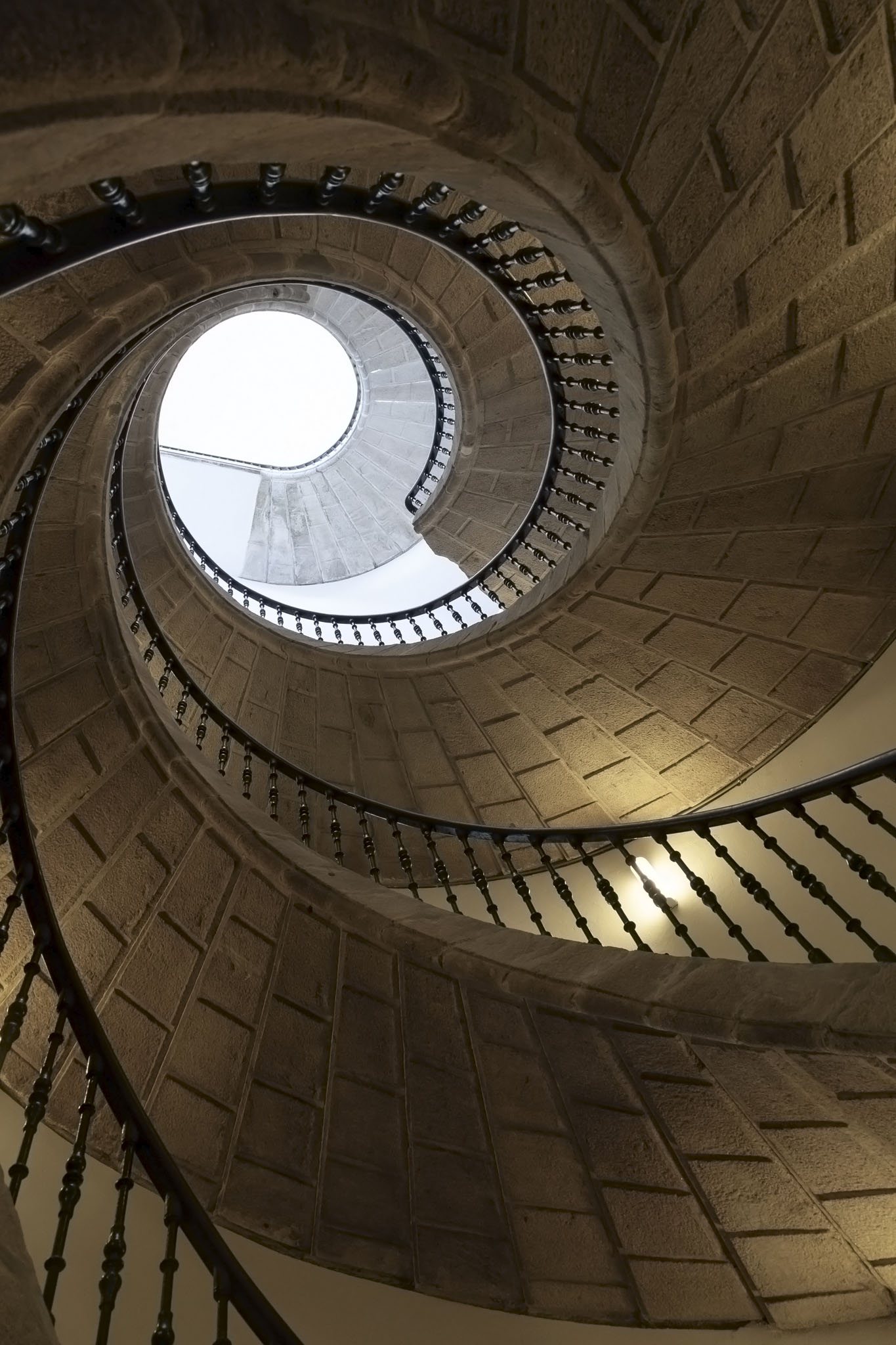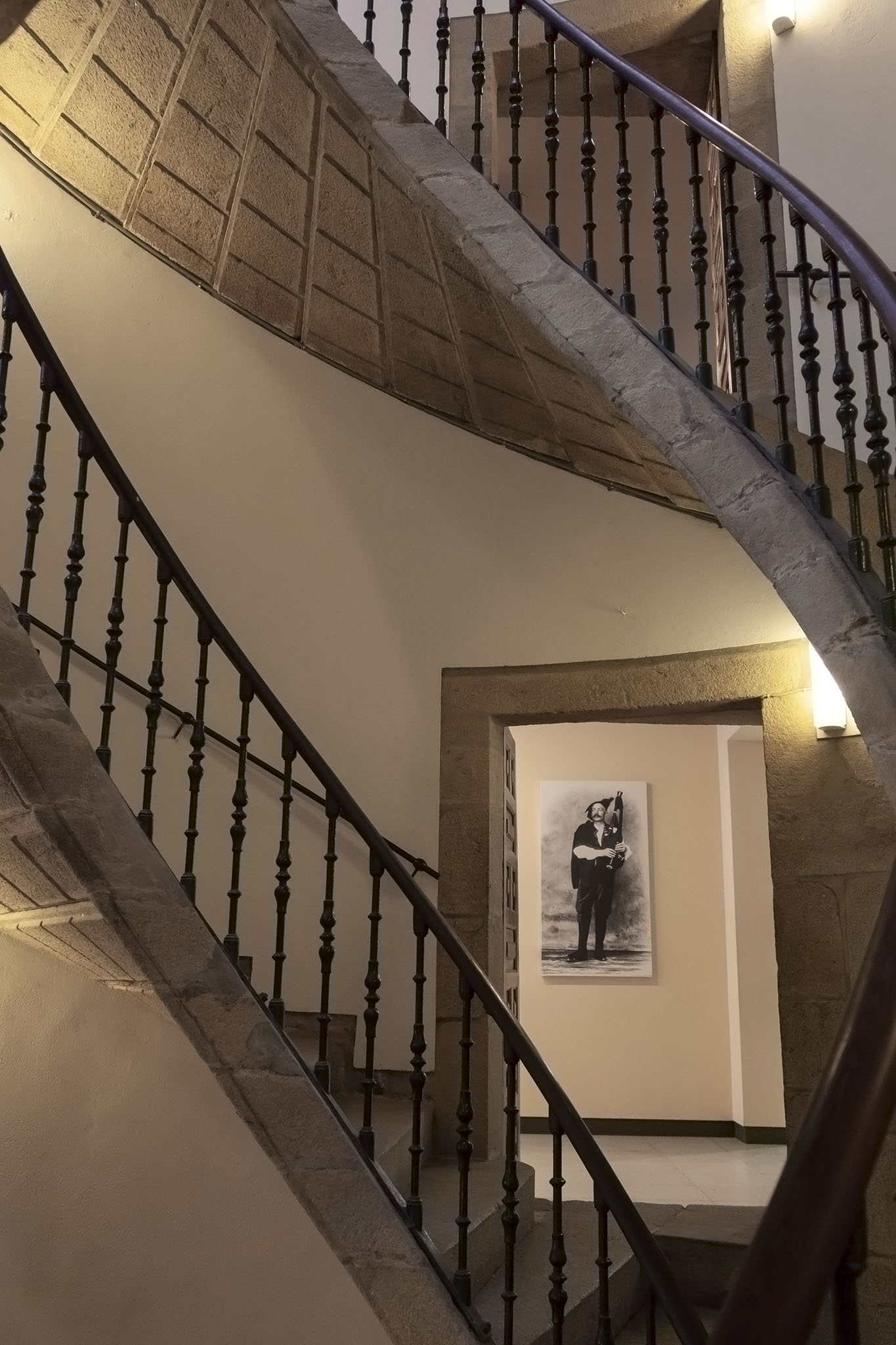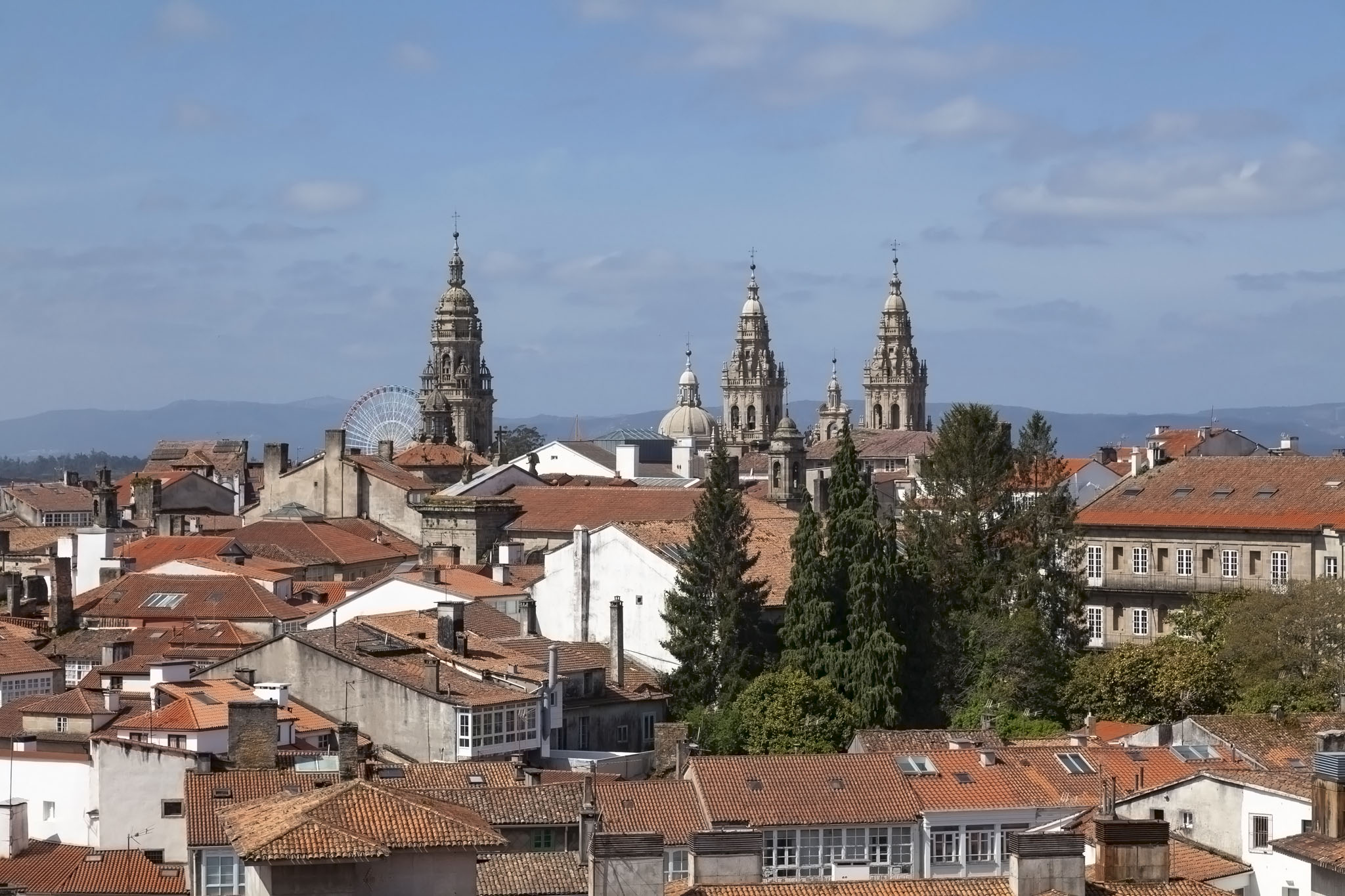This is the second of three posts detailing the excursion we took when the Sapphire Princess cruise ship docked at A Coruña in northern Spain in May 2018. The first post covered our arrival in the city and our visit to Santiago de Compostela cathedral; this post covers the very enjoyable Museo do Pobo Galego.
As I’ve said in the previous post, the Museo do Pobo Galego (Museum of the Galician People) is roughly fifteen minutes walk northeast from the cathedral or main square of Santiago de Compostela. The building that the museum now occupies has had many roles over the years; originally the convent of San Domingos de Bonaval and the work of the 17th century architect Domingo de Andrade then a regimental barracks, a hospice, and a school for the deaf and blind it wasn’t until 1993 that the museum was officially opened. In order to promote what the region considers its greatest creation – its language – all the signs inside the Museo do Pobo Galego are in Galician although English explanatory texts are available.
The first thing to note about visiting this museum is that it’s closed on Mondays. Not a problem for us (obviously, otherwise this post would be ending right about now) but worth bearing in mind depending on the timing and length of your trip to the Santiago de Compostela area. The second thing to note is that, like many Spanish establishments, it has a siesta period so don’t come between 14:00 and 16:00 on days when it’s open and, as you probably could guess because you’re smart, don’t come just before 14:00 either or you won’t have any time to look around.
General admission price is just €3 and an absolute bargain. With that you’ll get a fold-out map to help you explore the building.
Now, the Museo do Pobo Galego does have a lot of interesting rooms with a lot of interesting exhibits around specific themes (e.g. the Galician relationship with the sea, how trade was conducted in the region, music heritage, folk traditions, etc.) but the thing that had caught our eye during our pre-cruise research and the thing that we immediately made for was the main staircase linking the three levels of the museum. That may seem odd in writing but as you can see from the photo below it’s quite a special staircase: a triple helical set of stairs spirals up with exits to different floors of the tower in which it’s situated. It’s a dizzying sight to see and not the easiest thing in the world to photograph as the light from the top really plays havoc with the relative dimness down below but you’ll find it hard to resist anyway.
Pick the correct set of steps and you can make it all the way to the top where you’re rewarded with a view down to the ground floor and out through a window looking back towards Santiago de Compostela’s Old Town and the prominent towers of the cathedral.
After recovering from the exertion of climbing the triple helical staircase in the museum we took a leisurely walk through the various rooms across the floors. You can expect to see artwork, pottery, printing equipment, photographs, farming equipment, religious artefacts, traditional folk costumes, and so on. There was a school group visiting the museum while we were there so I didn’t take very many photos in the exhibition rooms at all (some people can be a bit funny about adults with cameras around children and it’s never worth the hassle of risking confrontation) but what we saw was very interesting and you really didn’t need to understand Galician to get the gist of what was being displayed.
It’s easy to forget the history of the building itself as you explore the rooms of the museum until you suddenly find yourself looking down on the San Domingos Church from a first floor gantry. Weirdly, because you don’t enter the church from a doorway on the ground floor this has the effect of making it feel like the church is another exhibit, perhaps one transported and stored inside a huge room in the museum specifically for the purpose. It’s a pleasingly disconcerting experience. The main body of the church dates from the 13th and 14th centuries so was in position with the convent area long before the architecture of the surrounding buildings were added.
The museum visit took a little more time than we were initially expecting, not just because there was a lot to see but also because there’s a section of the ground floor that can only be accessed from the first floor. This also means the only way to get out after you’ve explored this section is to get back to the first floor again, something we didn’t realise until we’d exhausted every route and tried every door. It’s actually quite clear from looking at the map now but at the time it threw us for a bit.
We finished up our visit to the Museo do Pobo Galego in the very attractive courtyard surrounded by the beautifully-arched porticoes. After the quite minimalist interior of the museum it was refreshing to step into the vibrancy of the greenery and gaze up at the blue skies. It’s a lovely little area to just breathe in, gaze around, and relax, and if you’re visiting with other people who want to use the toilet it’s an ideal place to wait for them while they do so as the restroom facilities are just through one of the arches.
If you’re visiting Santiago de Compostela and you’ve got the time to do so then the Museo do Pobo Galego is worth every cent of the very small entrance fee and highly recommended if only to see the impressive design of the staircase.
We would use the remainder of our time in the Galician city to hunt down some souvenirs and grab a bite to eat along with something to drink and that’s covered in the final part of our cruise excursion account.



















Really enjoyed this Mark thank you, I’ll be reading some of your other blogs when I’ve time.